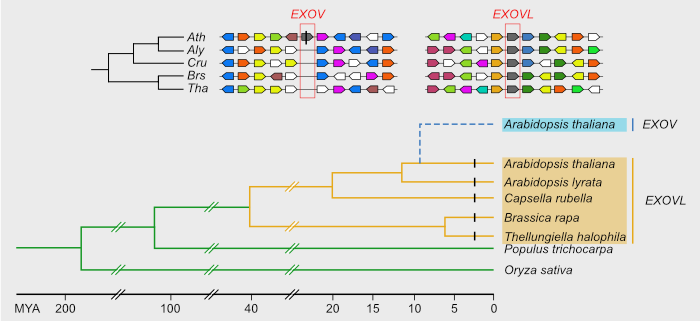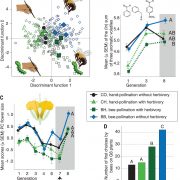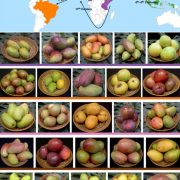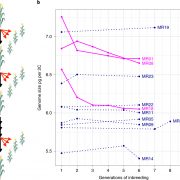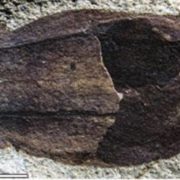A species-specific partial duplicate gene in Arabidopsis thaliana evolved novel morphological effects
By Yuan Huang, Jiahui Chen, Shengqian Xia and Manyuan Long, Department of Ecology and Evolution, The University of Chicago, Chicago, USA
Background: The origin of novel genes contributes to evolutionary innovation. Gene duplications are increasingly recognized as an important mechanism for the formation of new genes. While new genes likely maintain ancestral functions, they may also undergo a process of diversification until a novel function has evolved. Little is known to which extent a new duplicate gene can lead to phenotypic changes in plants, thus representing a gap in our understanding of molecular and phenotypic evolution.
Question: How does a new duplicate gene affect the evolution of morphological traits in plants?
Finding: We identified a species-specific partial gene duplicate, Exov, which became fixed only 3.5 million years ago in species-wide populations of Arabidopsis thaliana. We found that Exov, under strong positive selection, evolved an important role in the development of morphology traits. Unexpectedly, RNA-seq analyses revealed that this new gene has acquired multiple direct and indirect interactions with other genes, including many with which the parental copy, Exov-L, does not engage. This observation is in accordance with the high, selection-driven substitution rate detected in the protein sequence encoded by Exov, which contrasts the slowly evolving ancestral copy Exov-L. We detected significant morphological effects for all phenotypic traits when assessed in T-DNA/CRISPR single mutants and double T-DNA mutants of Exov and Exov-L. Substantial divergence of phenotypic effects was measured by a principal component-based Euclidean distance, suggesting neofunctionalization in Exov. These results reveal that a young gene, in the form of a short partial duplicate, plays a critical role in biological processes underlying morphological evolution in A. thaliana. This finding provides novel insight into the genetic and development processes that govern phenotypic evolution in plants.
Next step: How plant morphology evolves with new genes across development is an important problem. It will be interesting to explore the generality of Exov-driven phenotypic evolution.
REFERENCE
Huang Y., Chen J., Dong C., Sosa D., Xia S., Ouyang Y., Fan C., Li D., Mortola E., Long M. and Bergelson J. (2022) Species-specific gene partial duplication in Arabidopsis thaliana evolved novel phenotypic effects on morphological traits under strong positive selection. https://doi.org/10.1093/plcell/koab291


